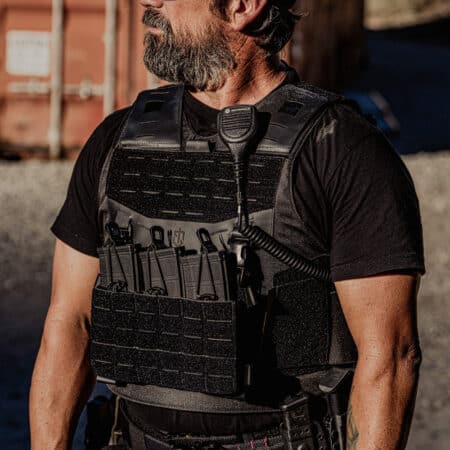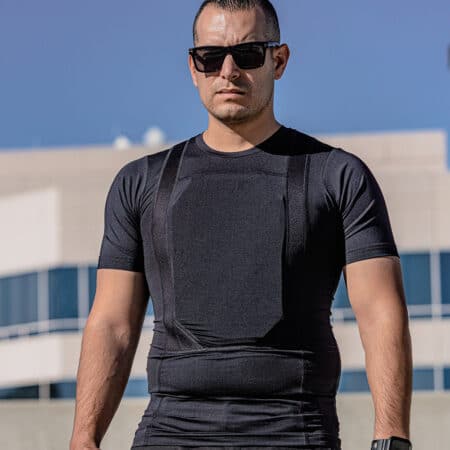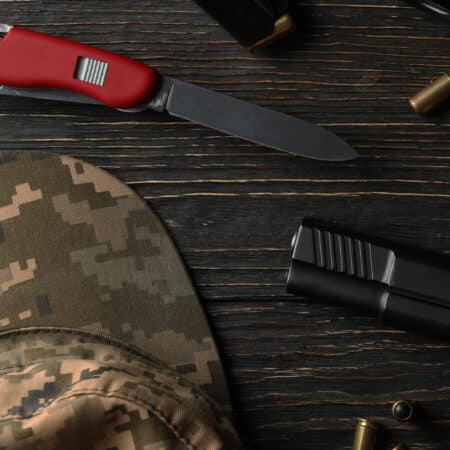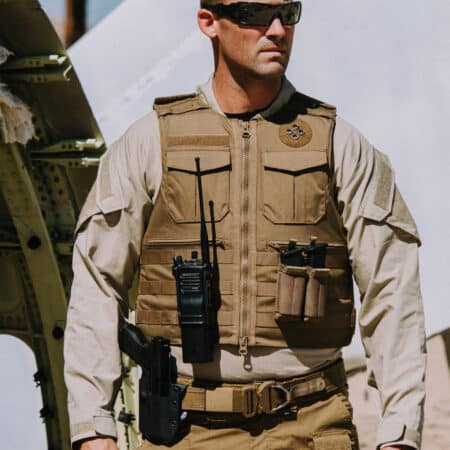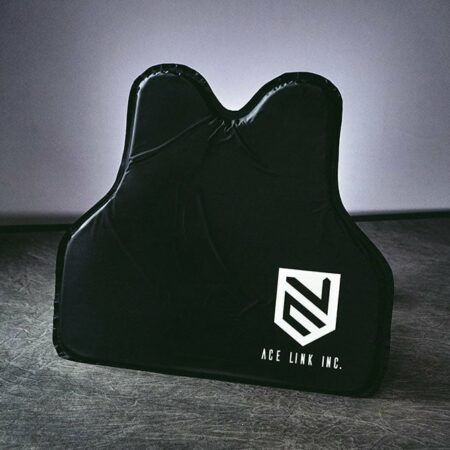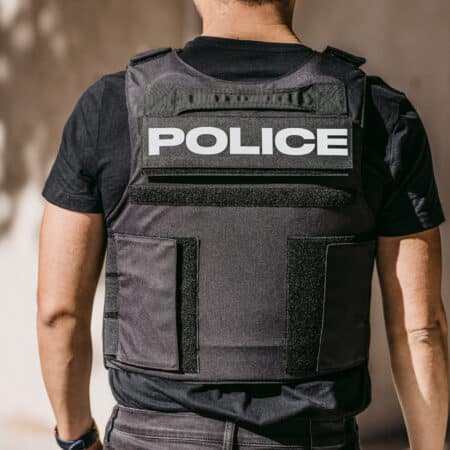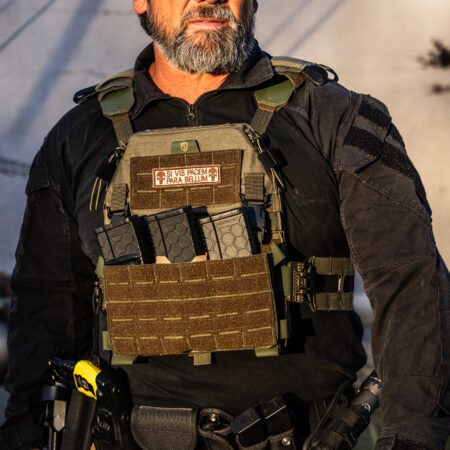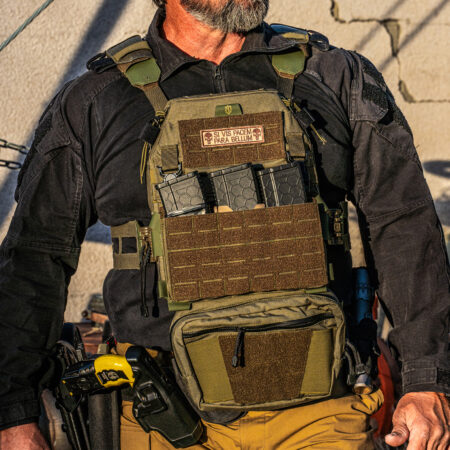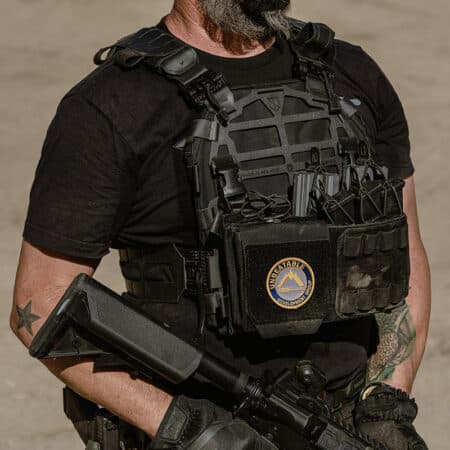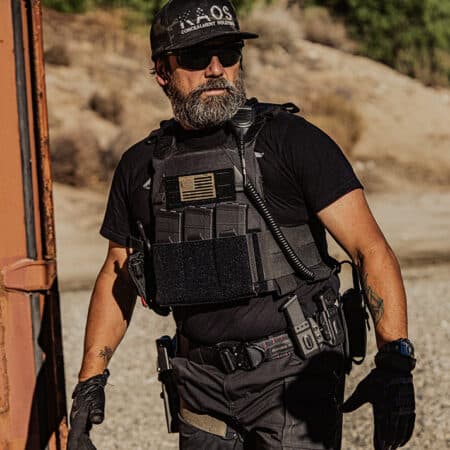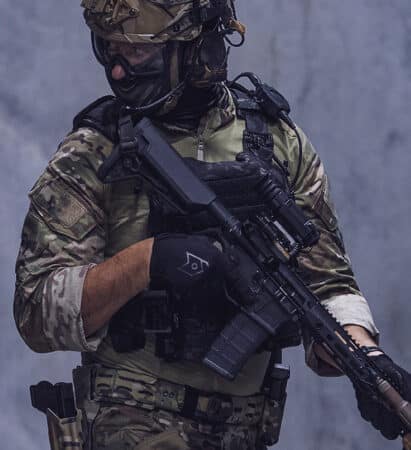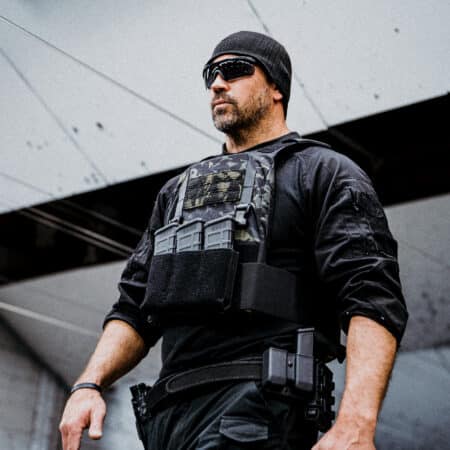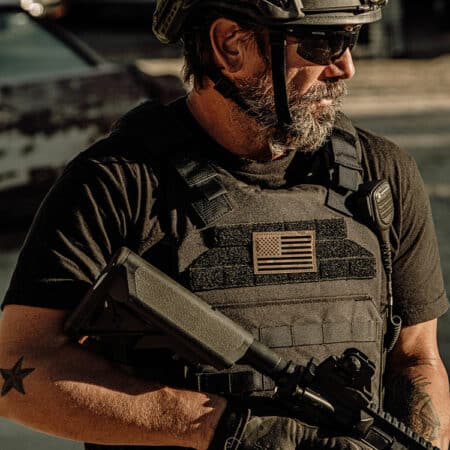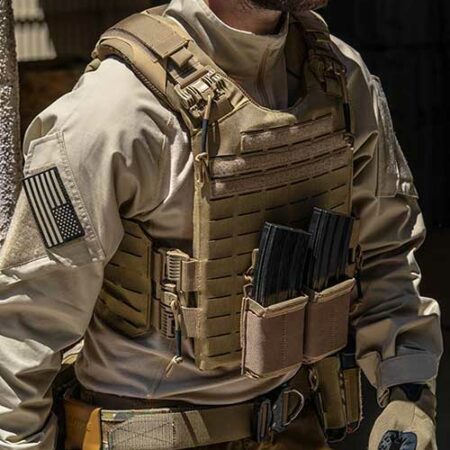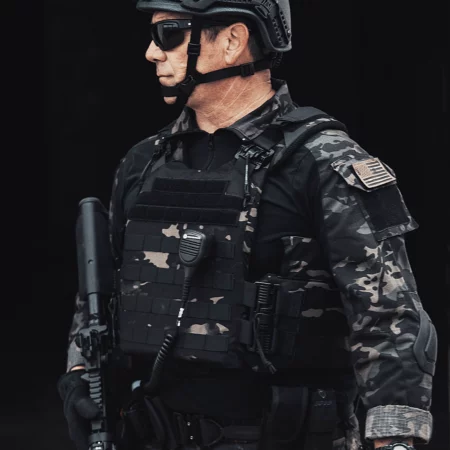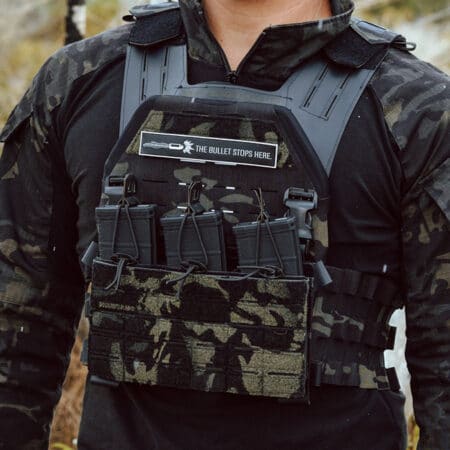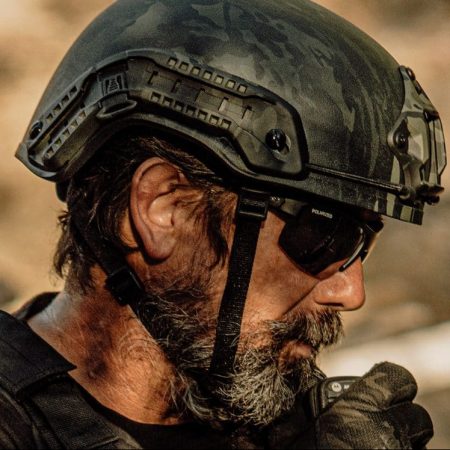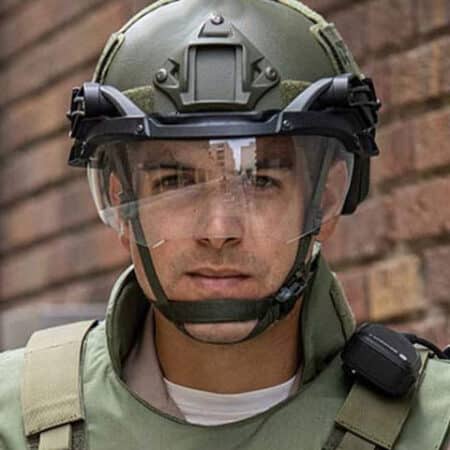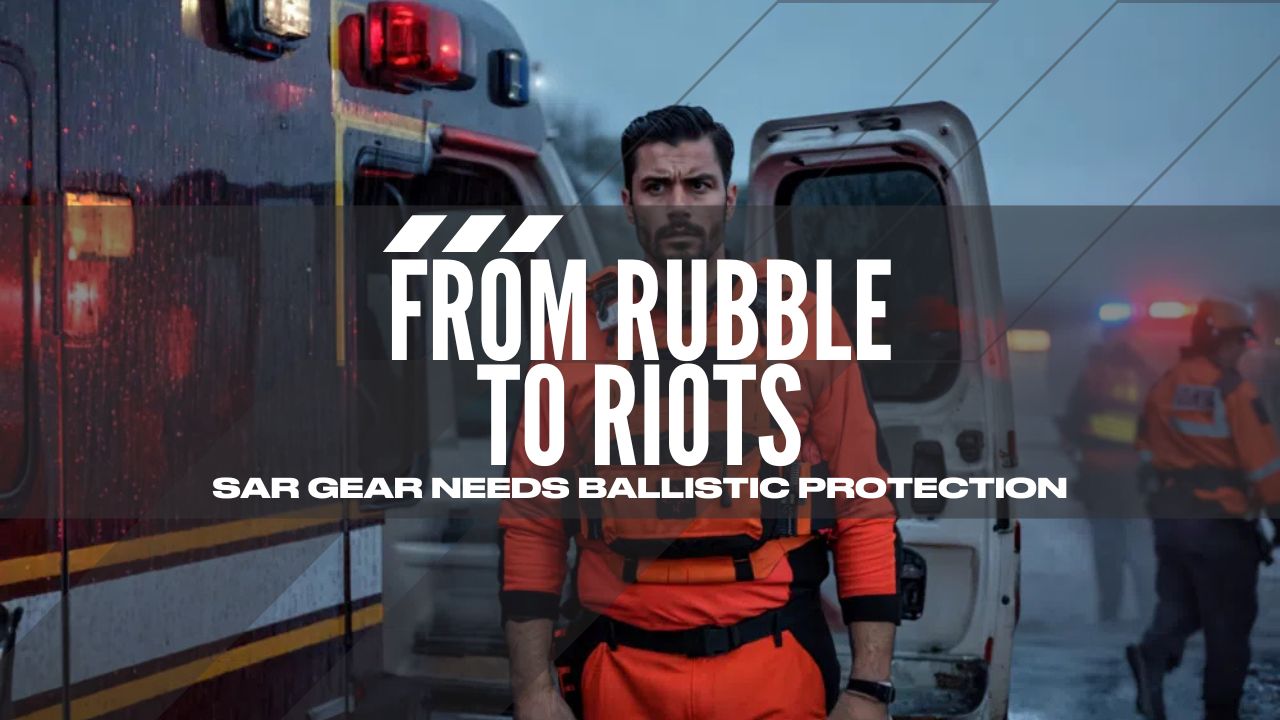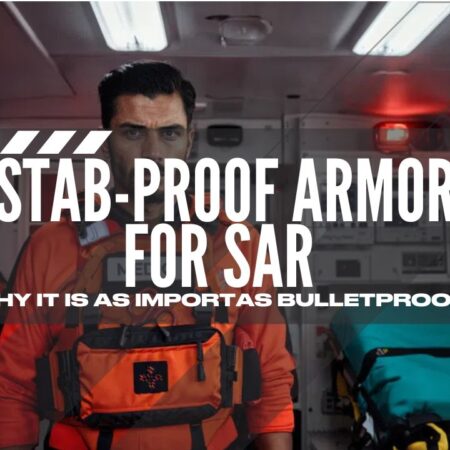Civilian SAR teams serve as the critical first responders when disaster strikes – whether navigating collapsed buildings after earthquakes or locating missing persons in treacherous terrain. Yet today’s missions thrust teams into increasingly volatile environments, from urban areas gripped by civil unrest to active disaster zones with unstable structures or regions where conflict collides with natural disasters
While traditional SAR equipment excels in wilderness environments, these scenarios present ballistic risks that standard gear simply wasn’t designed to handle. Today’s operational realities demand ballistic protection that meets three essential SAR requirements: lightweight mobility for rapid movement, seamless integration with rescue equipment, and affordability for both volunteer and professional teams.
This article explores the critical scenarios demanding ballistic protection, how lightweight armor enhances SAR operations, and why gear like the VSV vest ensures teams can uphold their life saving mission while returning home safely.
Where SAR Teams Face Ballistic Threats:
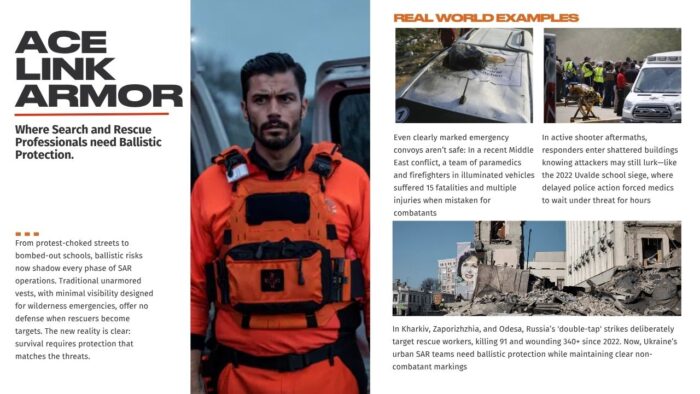
In Kharkiv, Ukraine’s second-largest city, rescue workers rushing to a missile strike site became victims themselves when a follow-up attack killed three responders. Days later in Zaporizhzhia, the same brutal tactic claimed four more lives as secondary missiles struck first responders and journalists at the scene. These weren’t isolated incidents—Russia’s documented “double-tap” strategy deliberately targets rescue teams, with Ukraine’s State Emergency Service reporting 91 personnel killed and over 340 wounded since 2022.
From Odesa’s March 2023 strike (20 killed) to daily operations in frontline cities, modern urban SAR requires armor that defends against shrapnel and ballistic threats, while clearly indicating them as Non-combatants protected by the Geneva convention. (BBC, 13 April 2024)
The dangers extend beyond war zones. During civil unrest, SAR teams navigate riots, where improvised explosives and stray rounds turn crowds into kill zones. In active shooter aftermaths, responders enter shattered buildings knowing attackers may still lurk—like the 2022 Uvalde school siege, where delayed police action forced medics to wait under threat for hours. (BBC, 18 January 2024)
Even clearly marked emergency convoys aren’t safe: In a recent Middle East conflict, a team of paramedics and firefighters in illuminated vehicles suffered 15 fatalities and multiple injuries when mistaken for combatants. (The New York Times, 5 April 2025)
These aren’t isolated incidents. From protest-choked streets to bombed-out schools, ballistic risks now shadow every phase of SAR operations. Traditional unarmored vests, with minimal visibility designed for wilderness emergencies, offer no defense when rescuers become targets. The new reality is clear: survival requires protection that matches the threats.
Limitations of Traditional Gear
While militaries adapt to modern combat—like Ukraine’s AI-directed drone defenses—civilian SAR teams remain dangerously exposed. Traditional rescue equipment, designed for natural disasters, fails catastrophically against ballistic and technological threats now commonplace in conflict zones.
A 2025 battlefield study found that 60% of penetrating wounds strike outside armor plates, with 10% of casualties resulting from armor failure or complete lack of protection—meaning traditional vests and unarmored helmets offer zero defense against shrapnel or gunfire. This vulnerability is compounded by technological asymmetry: while drones and precision strikes dominate modern combat, most civilian SAR teams lack modular armor or electronic countermeasures, leaving them operating at medieval-level vulnerability.
Even when protection is available, traditional ballistic gear forces impossible choices between critical rescue capabilities—like climbing rubble or evacuating casualties—and the mobility needed to perform them safely. These limitations aren’t hypothetical; In Ukraine, responders wearing partial armor routinely suffer lateral torso wounds from fragmentation—precisely where standard SAR vests leave gaps. Others report abandoning critical medical supplies to reduce weight, as traditional vests lack load-distributing designs.
Benefits of Ballistic Protection in the Field
Ballistic protection fundamentally changes how civilian SAR teams operate in danger zones. With advanced Ballistic SAR vests line Ace Link Cataphract SAR vest, responders gain crucial protection against the gunfire, shrapnel, and blast threats.
The painful lessons from recent conflicts, where most serious wounds occurred to unprotected areas, prove what common sense already tells us: comprehensive coverage is just as important as the armor itself.
Beyond physical defense, ballistic armor offers peace of mind, steadying SAR teams in the chaos of conflict. Properly fitted gear naturally builds confidence, letting responders focus on their mission without the constant fear of stray bullets or shrapnel. In high-stakes scenes like active shooter aftermaths or riots, this mental clarity sharpens decision-making and quickens reactions.
Lightweight, modular armor keeps teams agile, allowing them to climb rubble or dodge debris while staying protected, ensuring they can carry out life saving rescues with greater assurance and effectiveness in volatile environments
Why the VSV Cataphract SAR Vest is Ideal:
The VSV Cataphract SAR vest represents a new paradigm in civilian SAR protection. Where ballistic defense and rescue functionality coexist without compromise. Its soft armor provides proven protection against the handgun rounds and fragmentation endemic to urban operations, from the rubble of earthquake-stricken cities to the chaos of civil unrest. When threats escalate, the system seamlessly integrates up to level IV hard plates to stop rifle fire, eliminating the need for separate vests across different threats. This adaptability matters in real-world scenarios like the 2023 Zaporizhzhia hospital evacuation. Where responders faced both close-quarters gunfire and artillery shrapnel within the same mission.
What truly sets the VSV Cataphract SAR vest apart is how its design anticipates the unique vulnerabilities of rescue work. The extended side ballistic panels provide overlapping protection, ensuring protection where it matters the most. Yet this enhanced protection comes without the weight penalty of conventional systems.
Apart from high level ballistic protection, the VSV Cataphract SAR vest also focuses on comfort. It comes with Coolmax hi performance internal liners, which are designed to keep you cool, and comfortable during long missions. This combination reflects a deliberate engineering choice: prioritizing protection that accommodates the extended physical demands of SAR operations, where wearers routinely kneel, crawl, and climb for hours.
Every element serves multiple purposes rooted in specific Search and Rescue mission requirements. .
The laser-cut MOLLE is strategically spaced to prevent medical pouches from snagging on rebar or debris. The drag handle doubles as an anchor point for rope systems during technical rescues. Even the Velcro identification panels transition seamlessly between high-visibility markings for daylight operations and IR-compatible tabs for night missions. In high-threat environments where seconds determine survival, these aren’t luxury features but essential tools that let teams focus on their mission rather than their gear’s limitations.
Product Comparison
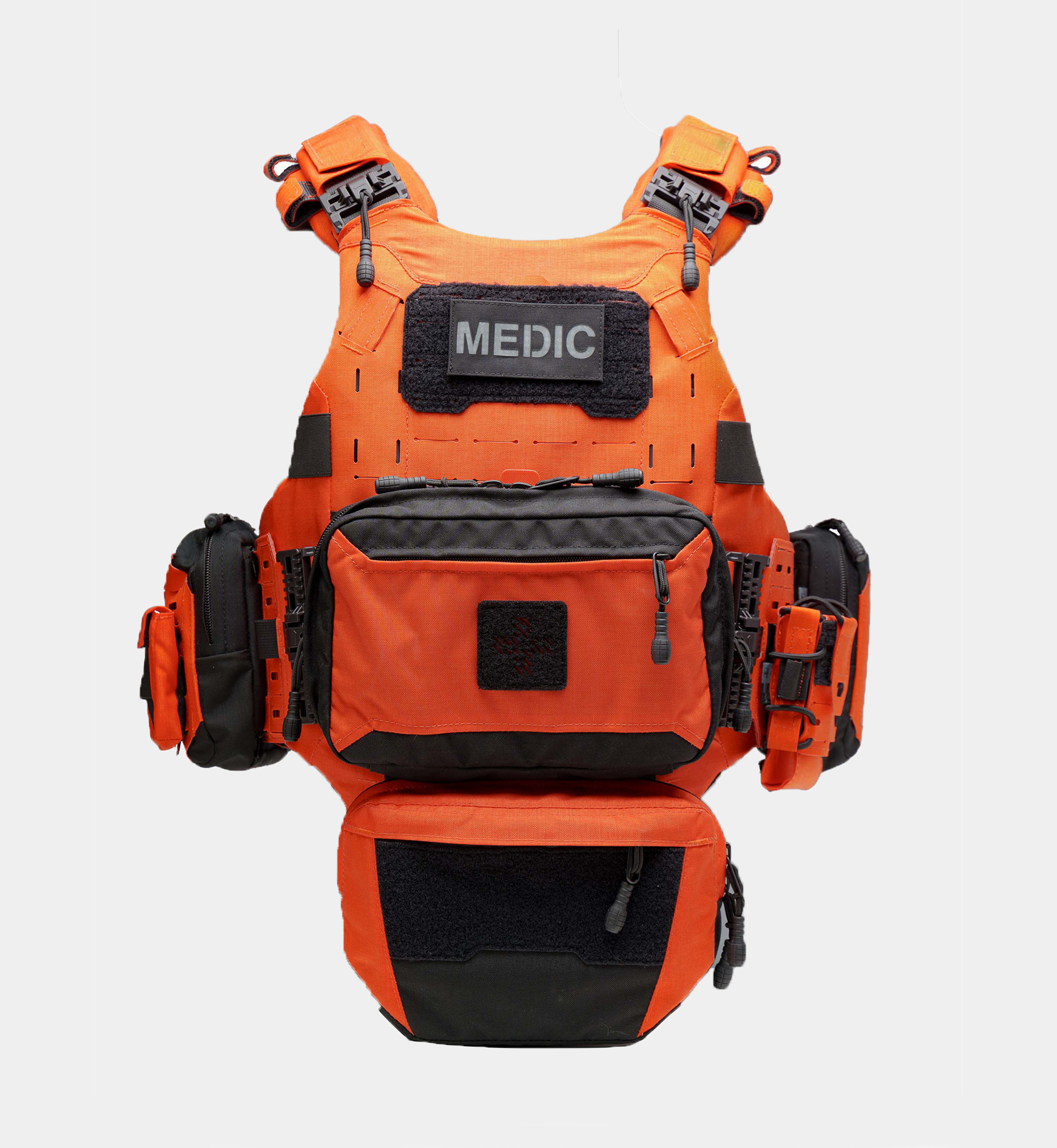
Conclusion
The realities of 2024 demand a fundamental shift in how we equip civilian search and rescue teams. Ballistic protection is no longer the domain of military personnel—it’s an operational necessity for any team operating in urban disasters, conflict zones, or civil unrest. The VSV’s design proves this protection doesn’t require compromising rescue capability; rather, it enables teams to work effectively where traditional gear would force retreat or unacceptable risk.
Integrating armor like the Ace Link VSV Cataphract SAR vest into standard SAR training is the logical next step. Familiarity drills, from rapid panel swaps to casualty extractions in full kit, ensure teams deploy with confidence. This mirrors the phased adoption approach already proven successful for technical rescue equipment, applied now to lifesaving personal protection.
The question isn’t whether civilian SAR teams can afford ballistic gear, but whether they can afford the consequences of operating without it. As risks evolve, so must our standards.




